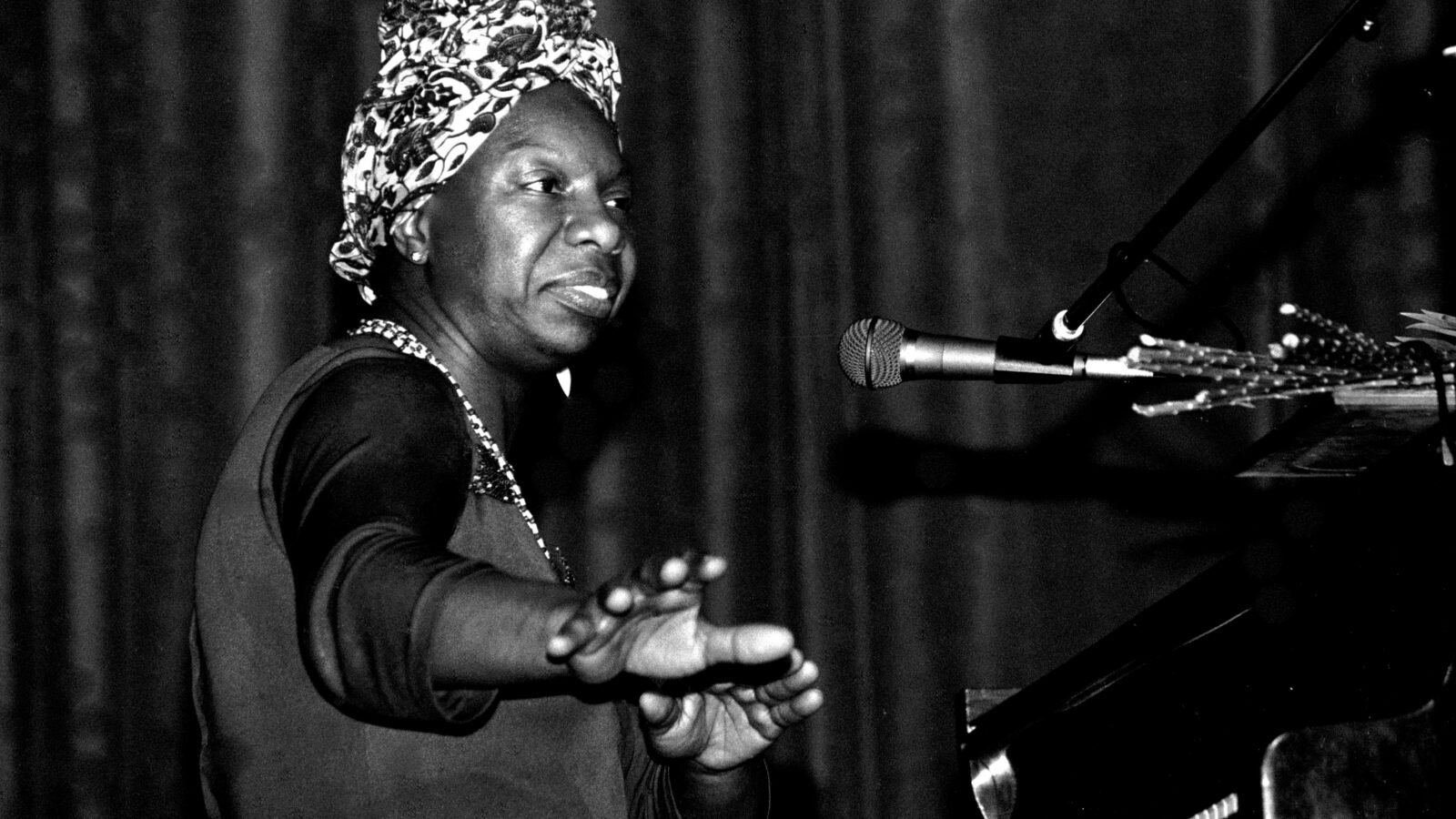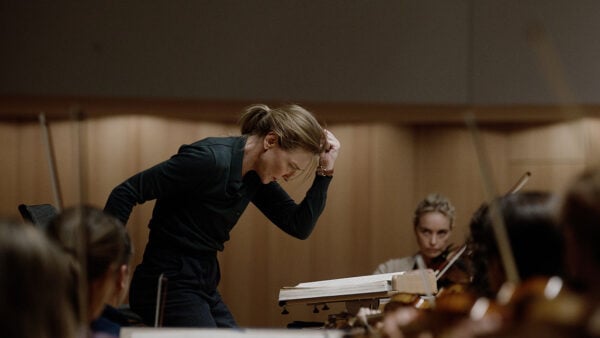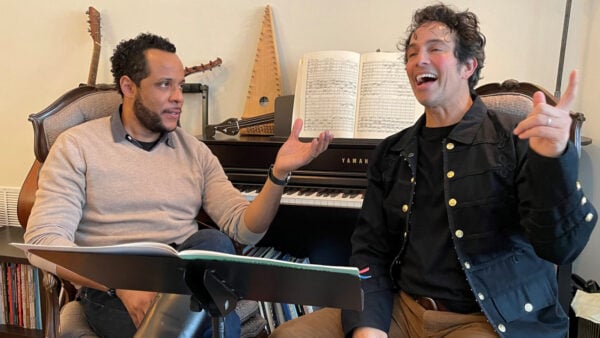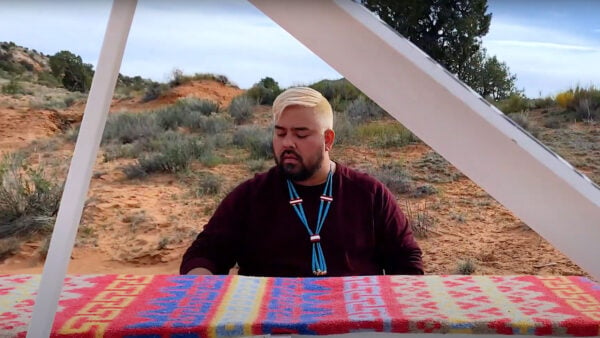
Nina Simone in concert (Photo: Roland Godefroy, CC BY-SA 3.0, cropped, via Wikimedia Commons)
Did you know that before Nina Simone became one of America’s most iconic jazz musicians that she wanted to have a career as a classical pianist?
With the release of the new documentary “What Happened, Miss Simone,” which had its New York premiere on June 1, 2015 and which is available on Netflix later this month, what a better time to explore Nina Simone’s under-appreciated talent as a classical pianist?
Nina Simone, born Eunice Kathleen Waymon, began playing the piano at the age of three. With a preacher for a mother and a minister for a father, it’s not surprising that Nina began sharing her musical talents with her congregation Tryon, North Carolina, where she was born and raised.
The precocious musician eventually began taking piano lessons with an Englishwoman named Muriel Mazzanovich. Her teacher instilled a love of classical music, especially the works of Johann Sebastian Bach, Chopin, Brahms, Beethoven and Schubert.
When she gave her first classical music recital in her church, she was frustrated that her parents were forced to sit in the back pews – one of many incidents that would encourage Nina to lend her voice to the Civil Rights Movement.
Despite these early frustrations with her career as a pianist, the community rallied to raise money to support her to studies at the Juilliard School in New York. However, when her family moved to Philadelphia, she decided to apply to the Curtis Institute of Music.
Unfortunately, she was denied admission, claiming that the Institute did not admit her because of her race. To hear Nina talk about being the “first” black pianist in America, watch the video above.
Though Eunice, who later became known as Nina Simone, ultimately developed a successful career as a jazz musician, classical music never left her. Occasionally, in her performances of jazz standards, we can hear her life-long love of classical music.
This clip of Nina playing “Love Me or Leave Me,” written originally in 1928 and which she later recorded in 1958 and 1966, shows her admiration for the great Johann Sebastian Bach.
In this rendition, Nina plays and sings the entire song straight through then adds a contrapuntally complex solo starting at 0:50 in the clip above. Her fingers weave together as many as three and four musical lines together simultaneously.
After this stunning solo, she sings the tune again, but this time with even more intense emotion. When singing about being “independently blue,” her hands land forcefully on the keys, perhaps recalling other “blues” she’s suffered in her struggles as an African American woman and musician.
Later in this same performance, she adds an outro beginning at 2:13. She extends these phrases by lengthening the vocal line, allowing her voice to soar above more cascades of Bachian counterpoint on the piano.
No one would deny that Nina Simone is incredibly talented. She has recorded some of the most iconic versions of jazz standards. In fact, her recording of Gershwin’s “I Loves You Porgy” earned her a a Grammy Hall of Fame Award in 2000. She also wrote original songs that expressed her frustrations with discrimination and inequality such as “Mississippi Goddam.”
But, what if Nina Simone had been accepted to Curtis? Maybe she would have earned a Grammy or two for her recordings of Bach, instead.







